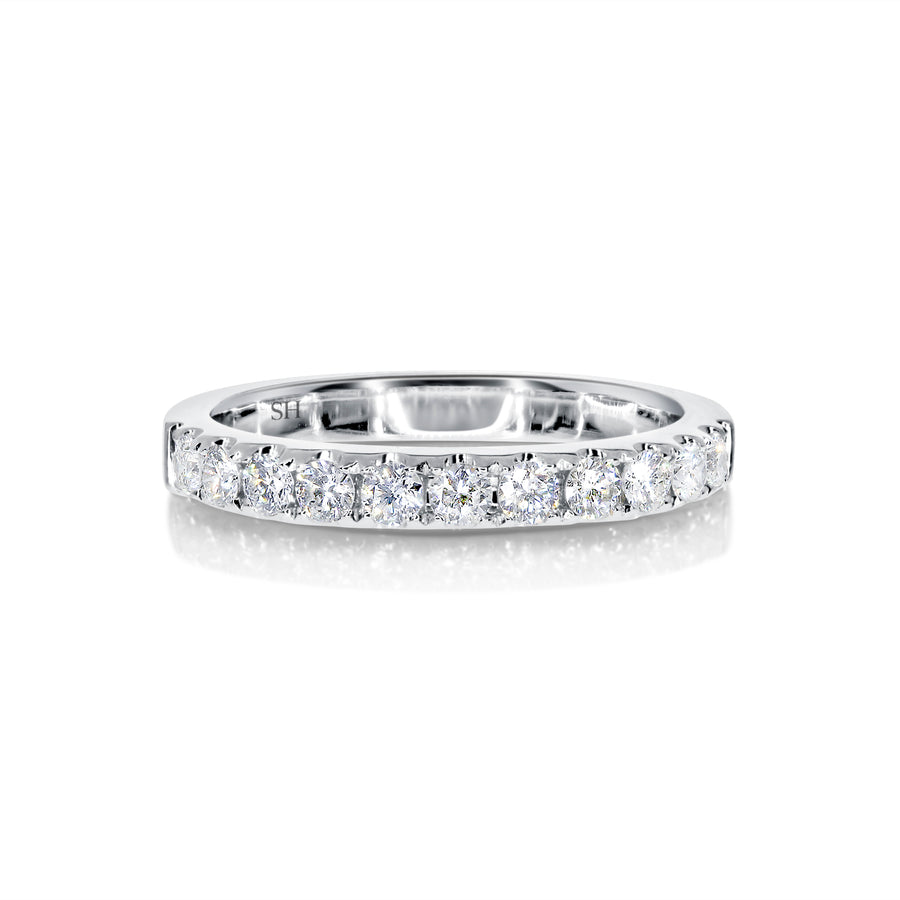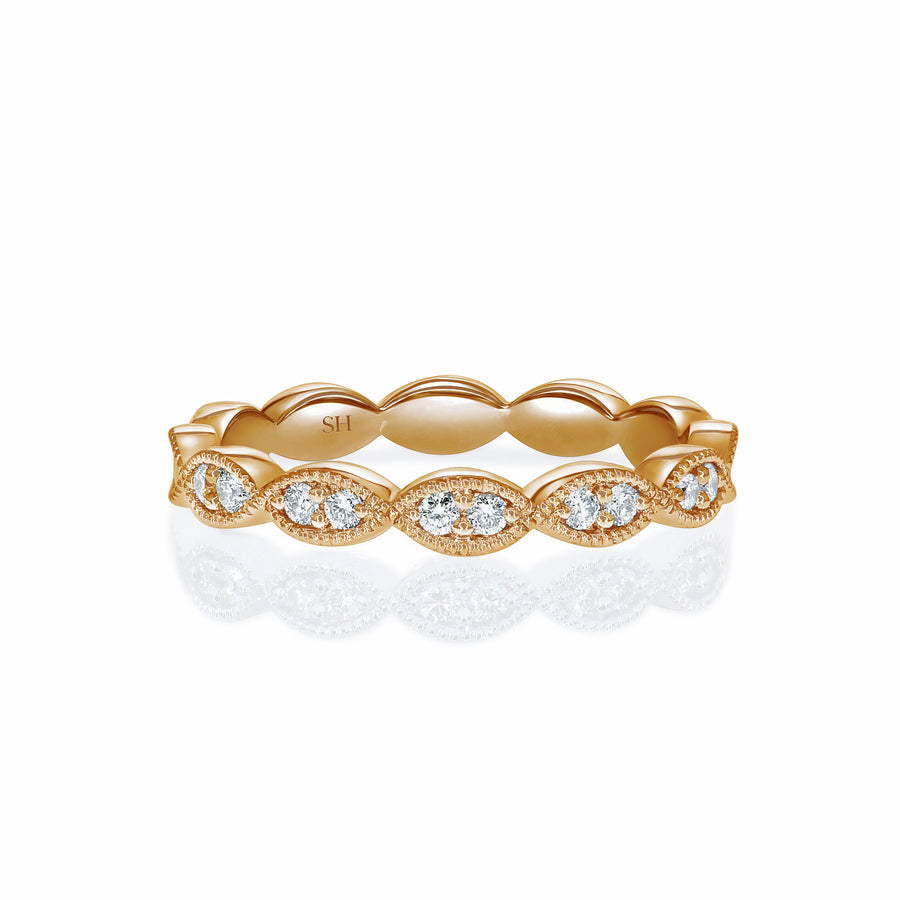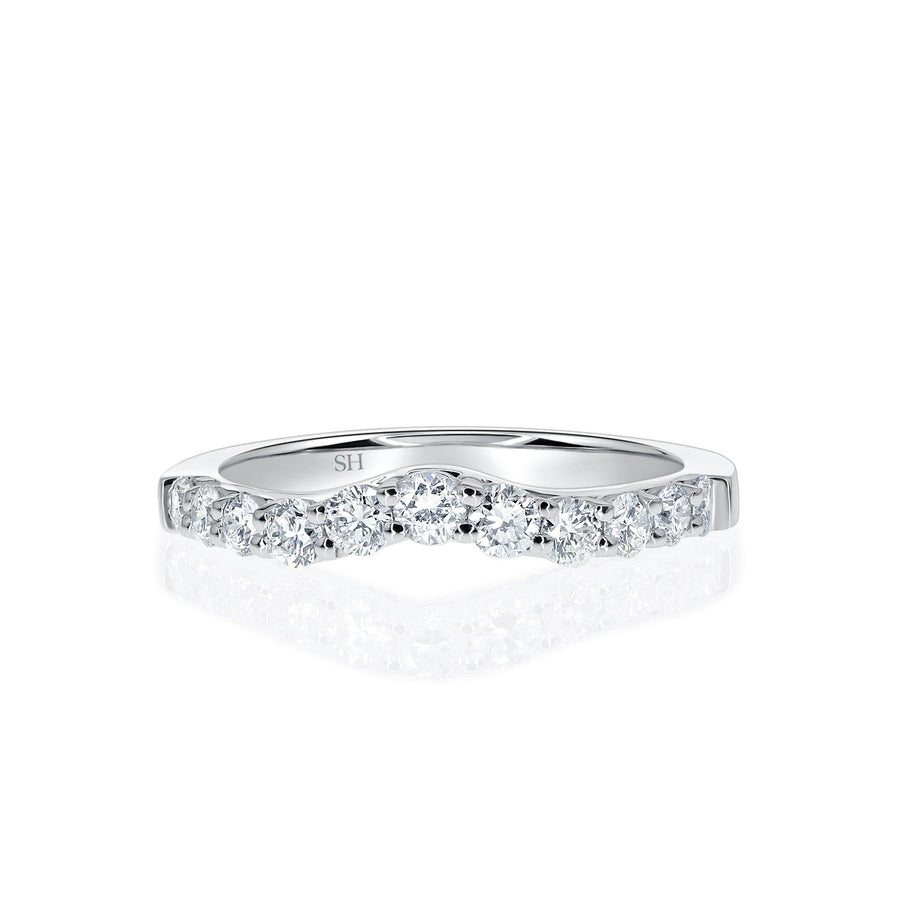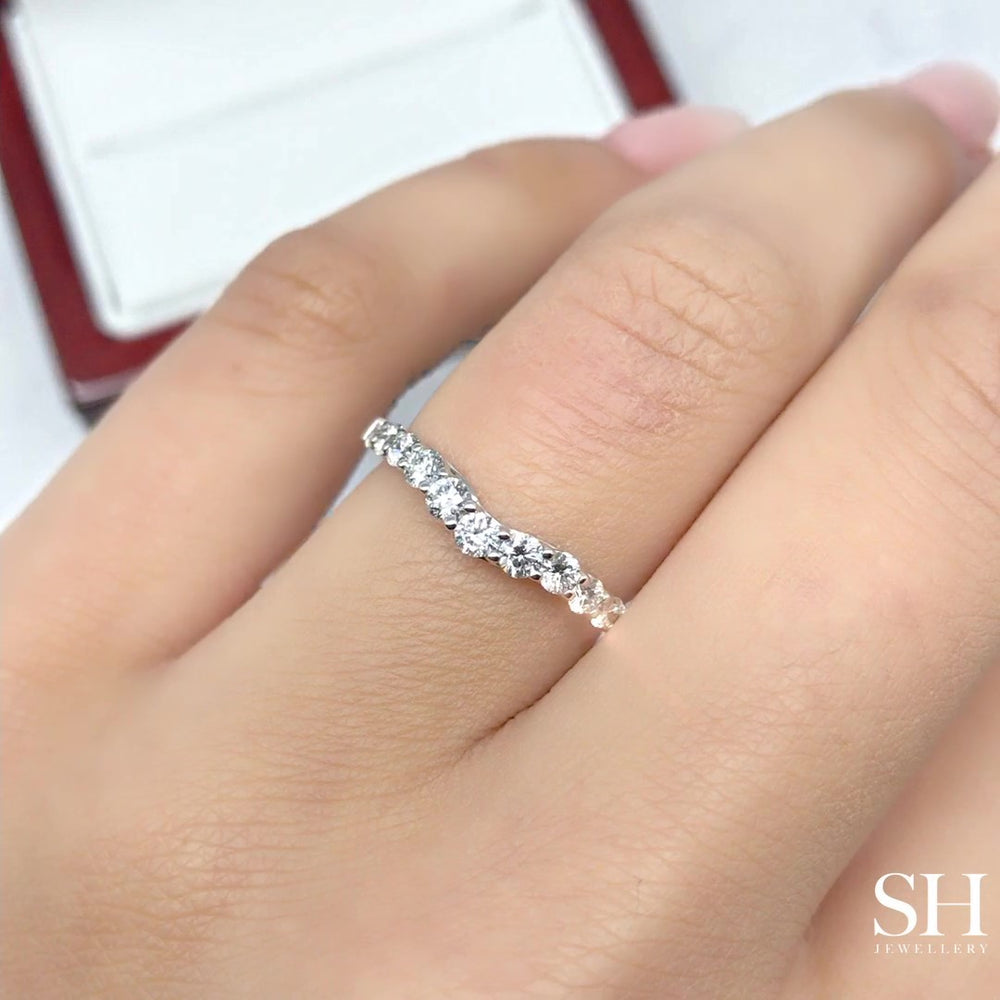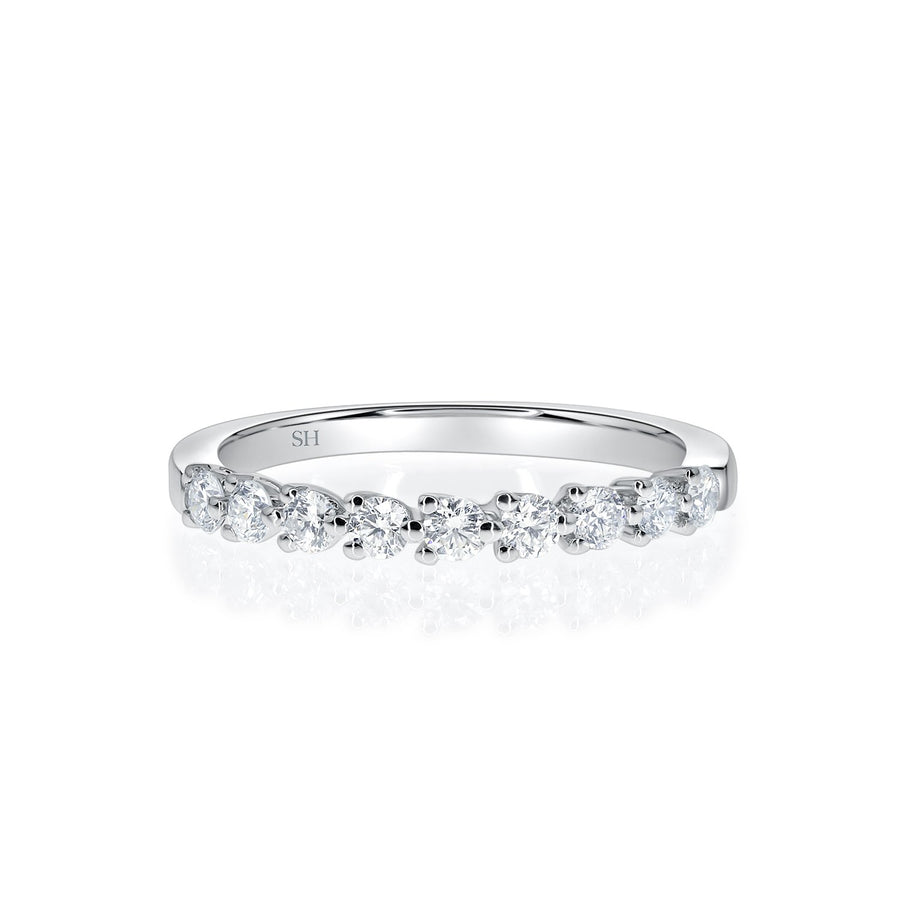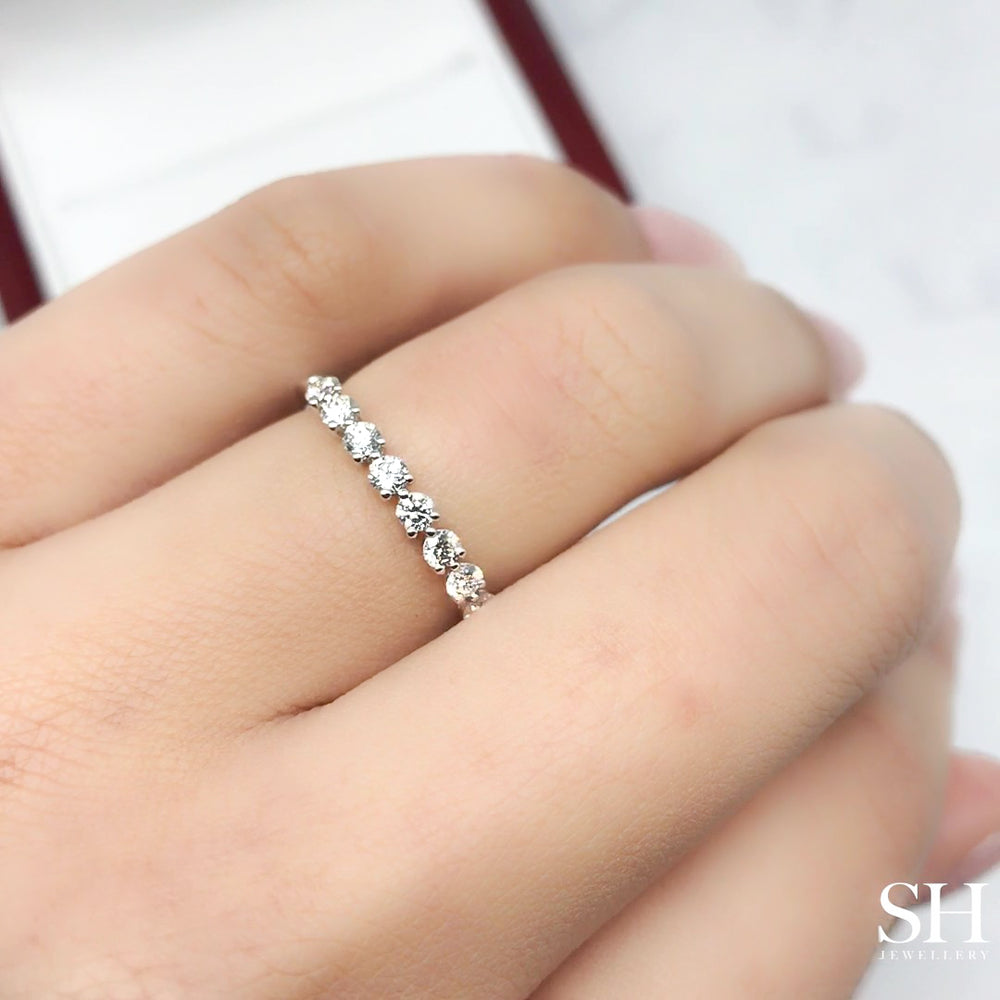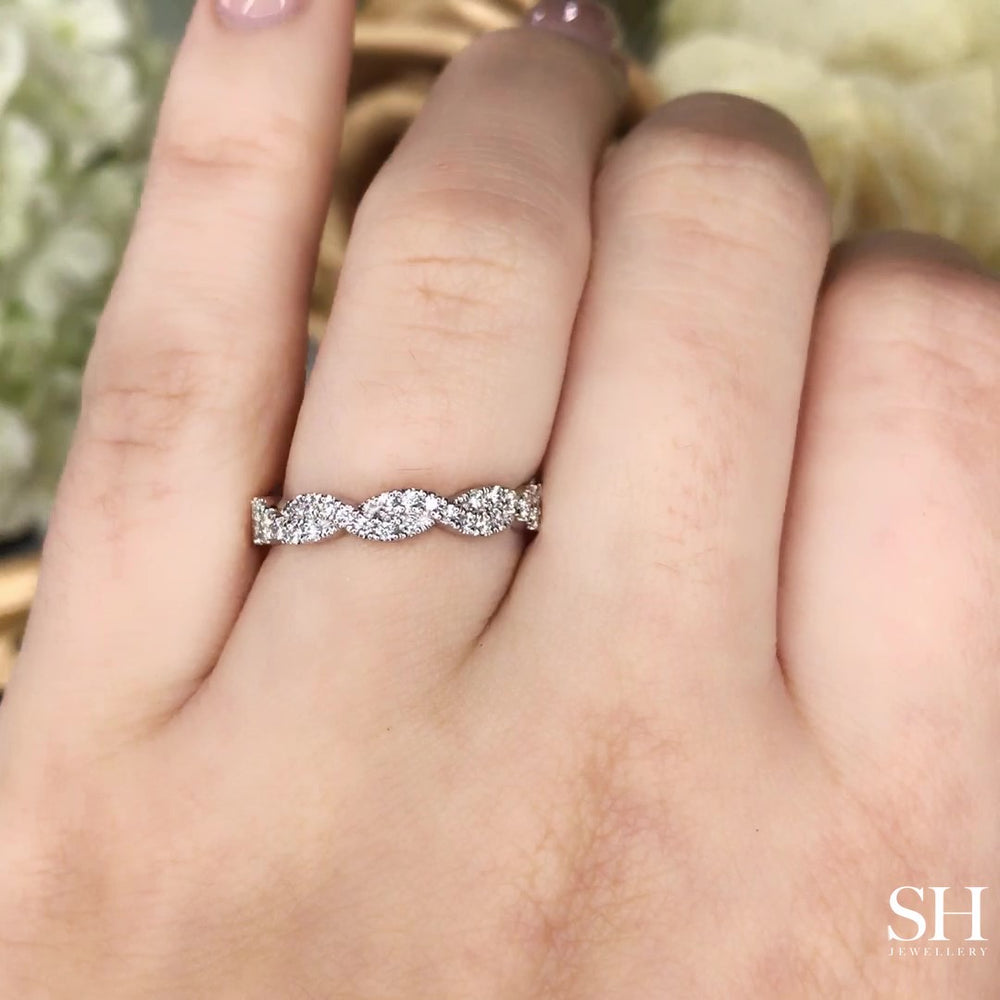
Worn by millions worldwide, wedding rings are far more than decorative bands. They’re timeless symbols of love, commitment, and shared futures. Across cultures and generations, these rings have carried deep emotional and spiritual meaning, reflecting the bond between two people and the values, beliefs, and customs of entire communities. From ancient Egyptian beliefs in eternal love to unique rituals in Hindu, Jewish, and Middle Eastern traditions, wedding rings with meaning tell powerful stories that transcend borders.
Wedding Ring Meanings Across Different Cultures
The wedding ring's meaning varies widely across the globe, shaped by cultural beliefs, traditions, and values. In India, wedding rings are sometimes accompanied by toe rings, called “bichiya,” worn by married women as a sign of marital status. Hindu customs may also require the ring to be simple and unadorned to reflect purity in marriage.
In Japan, while Western-style diamond engagement and wedding rings have grown in popularity, traditional ceremonies may feature less emphasis on rings and more on symbolic rituals like the san-san-kudo sake-sharing. In Russia, wearing the wedding band on the right hand is common, a custom rooted in Orthodox Christian tradition.
From symbolic placement to the choice of metal, these cultural nuances show that wedding rings are never just about fashion. They’re deeply personal and often sacred. For a historical perspective on how these customs have evolved, see our History of Wedding Rings article.

The Meaning of Wedding Rings in Western Cultures
In Western cultures like Australia, the US, and the UK, wedding rings are typically worn on the fourth finger of the left hand, a tradition dating back to the idea of the “vein of love.” Gold and natural diamonds remain popular choices, symbolising wealth, endurance, and everlasting love. Gemstones have grown in popularity for their unique symbolism. The emerald wedding ring's meaning is often tied to growth, harmony, and a deep emotional bond, while the sapphire wedding ring's meaning is linked to loyalty, wisdom, and sincerity.
The Symbolic Meaning of Wedding Bands
A wedding band is a powerful emblem of love and unity. The unbroken circle of a wedding band has long symbolised eternity, reflecting a love with no beginning or end. It’s a quiet yet constant reminder of commitment, fidelity, and the shared journey of marriage. Whether simple or ornate, the wedding band ring's meaning is universally understood to symbolise lifelong partnership and devotion.

Gold, Silver, and Platinum Wedding Rings: What Do They Represent?
Different metals used in wedding bands carry their own unique symbolism. The gold wedding ring's meaning is associated with purity, warmth, and enduring value. Gold is a timeless choice that reflects both tradition and luxury.
Learn more about the truth about yellow gold and how white, rose, and yellow gold compare.
Silver, on the other hand, represents clarity, sincerity, and emotional strength. The silver wedding ring's meaning often resonates with couples seeking a more understated, modern symbol of love. Platinum is known for its incredible durability and rarity, symbolising the strength and resilience of a long-lasting relationship. Whether you choose gold for tradition, silver for elegance, or platinum for strength, the material reflects your bond.

Special Wedding Ring Styles and Their Meanings
Wedding rings come in many forms, and for many couples, choosing a unique style is a way to express their stories and values. From traditional to contemporary, specific ring designs carry layers of meaning beyond the classic band.

One example is the 3 band wedding ring set, which typically includes the engagement ring, wedding band, and an anniversary or eternity ring. The 3 band wedding ring set meaning often symbolises the past, present, and future of a couple’s journey. It’s a powerful way to celebrate the wedding day and the lifelong bond that continues to grow.
Similarly, the stacked wedding rings’ meaning often relates to building memories over time, each ring marking a milestone like marriage, a new child, or an anniversary. These layered bands are visually striking and deeply personal, telling the story of a couple’s life together.
The Claddagh Wedding Ring: A Symbol of Love, Loyalty, and Friendship

With origins in 17th-century Ireland, the Claddagh ring is rich in symbolism. Featuring two hands holding a heart topped with a crown, it represents love (the heart), friendship (the hands), and loyalty (the crown). The Claddagh wedding ring's meaning extends beyond marriage. It’s often passed down through generations as a cherished heirloom. When worn on the left hand with the heart facing inward, it signifies that the wearer’s heart is taken.
Cultural Wedding Ring Traditions and Their Spiritual Significance

Across the world, wedding rings hold more than aesthetic or material value. They’re imbued with deep spiritual meaning. In many cultures, a ring is seen as a sacred circle, representing eternal love, unity, and the joining of two souls. The spiritual meaning of wedding rings often reflects a couple’s commitment to each other and to shared values, beliefs, and a higher spiritual connection.
In Hindu weddings, rings may be exchanged as part of a broader spiritual ceremony symbolising the merging of two karmic paths. In some African and Indigenous cultures, rings are crafted with specific materials or symbols to reflect divine protection or ancestral blessings. Even within Christian, Jewish, and Islamic traditions, the wedding ring is a sign of covenant and faith.
The ring becomes a spiritual marker of eternal commitment, whether placed on the left or right hand or made of gold, woven threads, or natural elements.
The Russian Wedding Ring: A Symbol of Unbreakable Bond
The Russian wedding ring is a striking example of cultural and symbolic design. Rather than a single band, it features three slim, interlocking rings, often in white, yellow, and rose gold, woven together into one seamless piece. The tri-colour composition represents the intertwined nature of marriage: love, fidelity, and friendship.

The Russian wedding ring's meaning is rooted in unity and strength. Its continuous design, with no clear beginning or end, emphasises the idea of an unbreakable bond.
Understanding the 3 band wedding ring set’s meaning offers further insight into its symbolism. Each band represents core values in a relationship and reflects the past, present, and future of the couple’s journey together. Worn most commonly on the right hand in Russia, it signifies personal commitment and deep cultural respect for the enduring nature of marriage. The design’s elegance and symbolism have made it popular worldwide, appealing to couples who value depth, tradition, and timeless beauty.
Wedding Rings on the Right Hand: What Does It Mean?
The meaning of the wedding ring on the right hand varies across cultures, but is deeply symbolic in many traditions. In countries like Russia, Greece, and Poland, wearing wedding rings on the right hand is common as a sign of strength, commitment, and religious tradition. Spiritually, the right hand is often associated with action and giving, making it a meaningful choice for expressing enduring love. For some, wearing the ring on the right hand also reflects cultural identity or orthodox faith, distinguishing their customs from the Western world.
Left-Hand Wedding Ring Meaning: The Tradition of the Fourth Finger
The left hand wedding ring meaning traces back to ancient Rome, where it was believed that the “vena amoris” (vein of love) ran directly from the fourth finger of the left hand to the heart. Although this myth has been debunked, the symbolism endures, especially in countries like the US, UK, and much of Europe.
Wearing engagement and wedding rings on the left hand today is widely accepted as a romantic gesture, linking love directly to the heart. It also reflects the cultural ideals of unity and devotion.

The Universal Language of Wedding Rings
Wedding rings speak a universal language of love, unity, and commitment. Across every culture, they symbolise a bond that transcends time and place. From classic bands to culturally significant design, each ring tells a story.
Explore the SH collection for a wedding ring that doesn't just mark the moment, but tells your love story.
Shop our Wedding Rings Collection
View allFrequently Asked Questions
The symbolic meaning of wedding rings around the world varies, often representing eternal love, unity, and the spiritual bond between partners.
Depending on local customs, religious traditions, and cultural beliefs, different countries wear wedding rings on either the left or right hand.
The meaning behind wedding rings lies in their representation of commitment, enduring love, and the promise of lifelong partnership.
Some cultures, such as traditional Hindu or certain East Asian communities, may not historically use wedding rings, but instead mark marriage through other customs like necklaces or ceremonial rituals.


